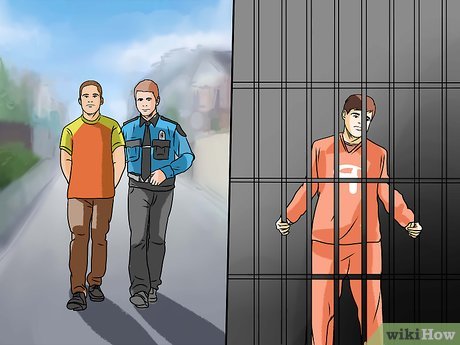Posting bail is the process of paying money to get someone out of jail while they wait for their court date. This guide will walk you through the steps to post bail and help your loved one get released from jail as quickly as possible. Have you ever wondered what happens when someone needs to get out of jail before their trial?
What Is Bail?
Bail is money paid to the court as a promise that the person will return for all court dates. If the person shows up for court, the bail money is returned. If they don’t show up, they lose the bail money and can face more charges.
The amount of bail depends on several things:
How serious the crime is
If the person might run away
If they’ve been in trouble before
If they’re a danger to others
A judge sets the bail amount during a hearing that usually happens within 48 hours after arrest.
How to Post Bail: Your Options
When it’s time to bail out of jail, you have several choices. Each option works differently, and some might be better for your situation than others.
Option 1: Cash Bail
The simplest way to post bail is to pay the full amount in cash. Here’s how:
Find out the exact bail amount from the jail or court
Gather the bail money in cash, money order, or cashier’s check
Go to the jail or courthouse where the person is being held
Fill out the paperwork and pay the bail money
Wait for the release process (usually takes 1-6 hours)
Remember that if you pay cash bail and the person attends all court dates, you’ll get most of this money back later (minus court fees).
Option 2: Using a Bail Agent
If you can’t afford the full bail amount, a bail agent (also called a bail bondsman) can help. This is often the most common way to bail out of jail. Here’s how it works:
Contact a licensed bail agent in your area
Pay the bail agent a fee (usually 10-15% of the total bail amount)
The bail agent posts a bond for the full bail amount
The person is released from jail
The important thing to know is that the fee you pay to the bail agent is non-refundable, even if the case is dismissed. Also, you might need to provide collateral (like jewelry, cars, or property) to secure the bond.
Option 3: Property Bonds
If the bail amount is very high, you might use property (like a house) to post bail:
The court puts a lien on your property
The property must be worth at least 150% of the bail amount
You’ll need proof of ownership and a property appraisal
This process takes longer than other options
What to Expect After Posting Bail
After you post bail to get someone out of jail, there are some important things to know:
The release process isn’t instant – it can take several hours
The person must attend all court dates
There might be conditions like check-ins, travel restrictions, or drug testing
Missing court dates means losing bail money and potential arrest
Tips for a Smoother Bail Process
To make posting bail easier and faster:
Get information ready: full legal name, booking number, and location of the jail
Know the bail amount before starting
Understand payment options (many jails don’t accept personal checks or credit cards)
Have identification ready (you’ll need ID to post bail)
Be patient during the release process
Conclusion
Posting bail can be confusing, especially during a stressful time. The key steps are finding out the bail amount, deciding how to pay it (cash, bail agent, or property), and making sure the person follows all court rules after release. The goal of bail is to let someone wait for their trial at home instead of in jail.
Do you have a plan in place in case you ever need to help a friend or family member bail out of jail?
Enjoyed this? Share this post with fellow fans and influencers, and be sure to check back regularly for the latest updates, insights, and news on all things simpcity!

